Precision Forensic Photography for Legal & Investigative Purposes
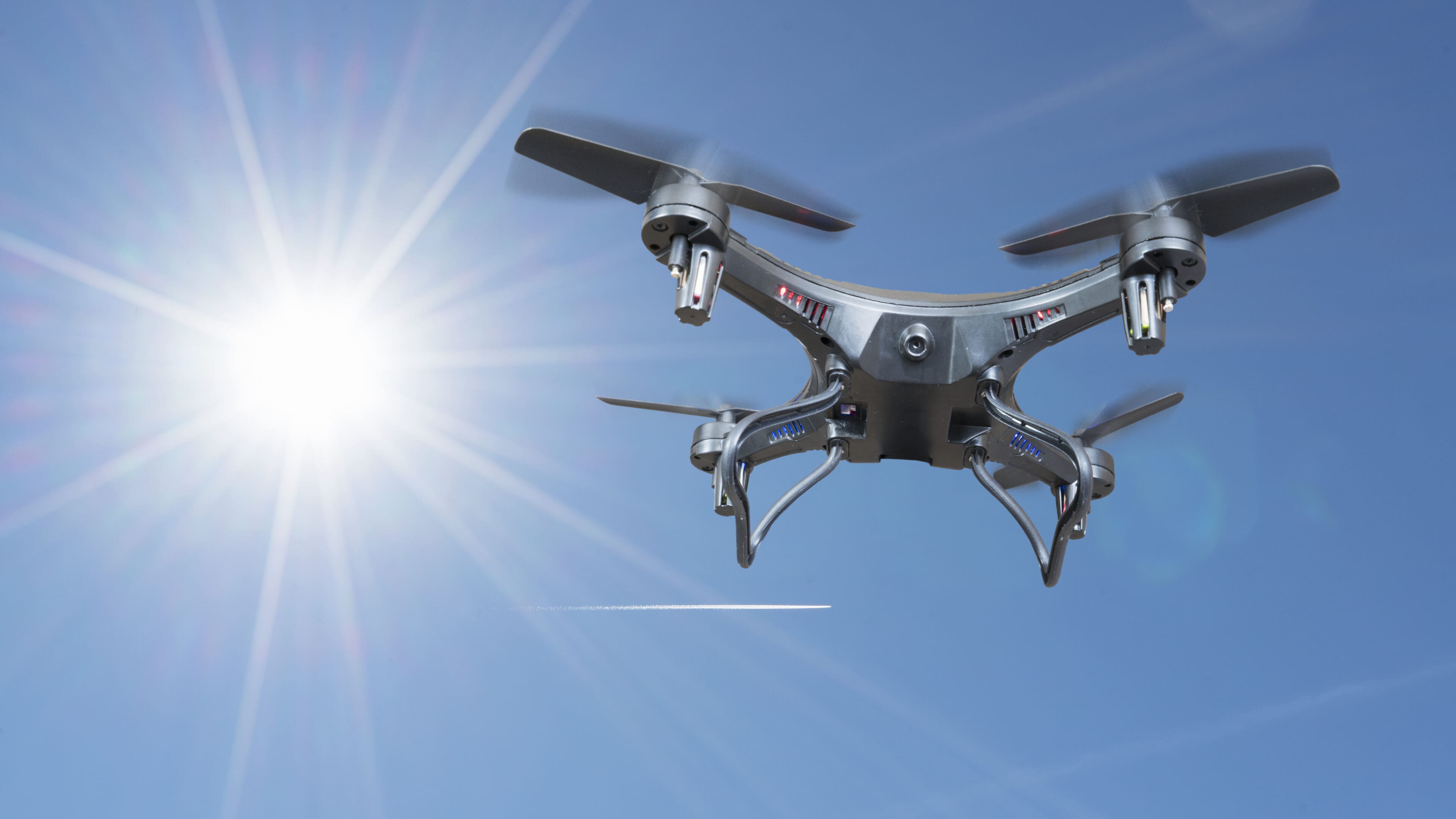
Purpose and Importance
- Forensic photography documents crime scenes, evidence, and victims for investigations and legal proceedings.
- Produces permanent, admissible, and reliable visual records.
Core Principles
- Adherence to Evidence Rules:
- Evidence must be admissible, authentic, complete, reliable, and believable.
- Crime Scene Integrity:
- Scenes must be photographed as found, maintaining chain of custody.
- Contextual and Detailed Documentation:
- Capture general, mid-range, and close-up images to provide context and highlight details.
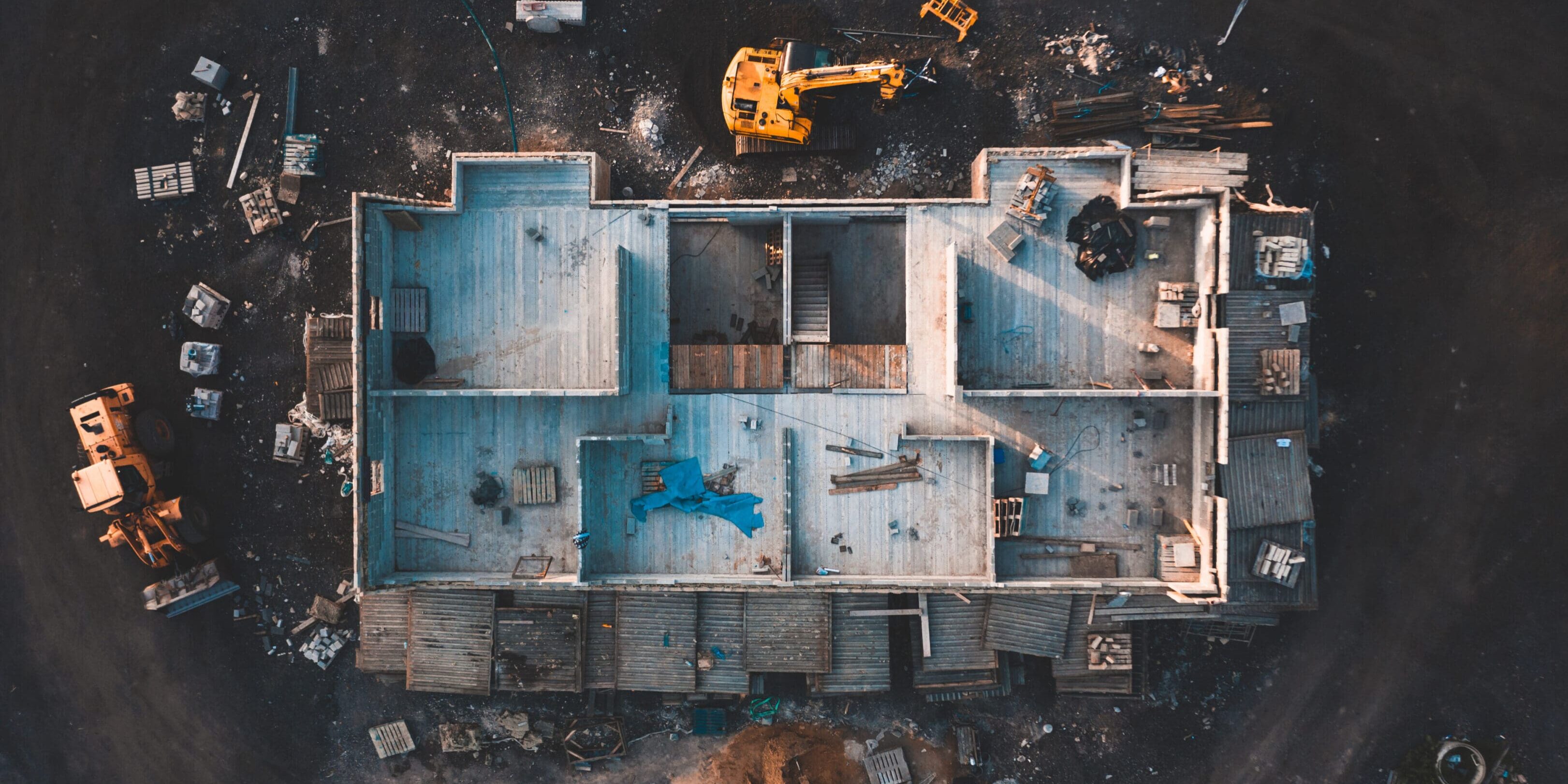

Key Procedures
- Preparation:
- Assemble and inspect equipment, including cameras, lenses, and scales.
- Understand scene requirements and constraints (legal, physical, and timing).
- Photographic Techniques:
- Follow a logical sequence: from wide views to specific details.
- Ensure proper lighting, angles, and use of scales for accuracy.
- Documentation:
- Create photo logs and sketches; maintain detailed records for all actions.
Specialized Applications
- Techniques vary for different scenes (homicides, suicides, accidents).
- Specialized methods include alternate light sources (ALS) for latent evidence and IR photography for blood and GSR visualization.
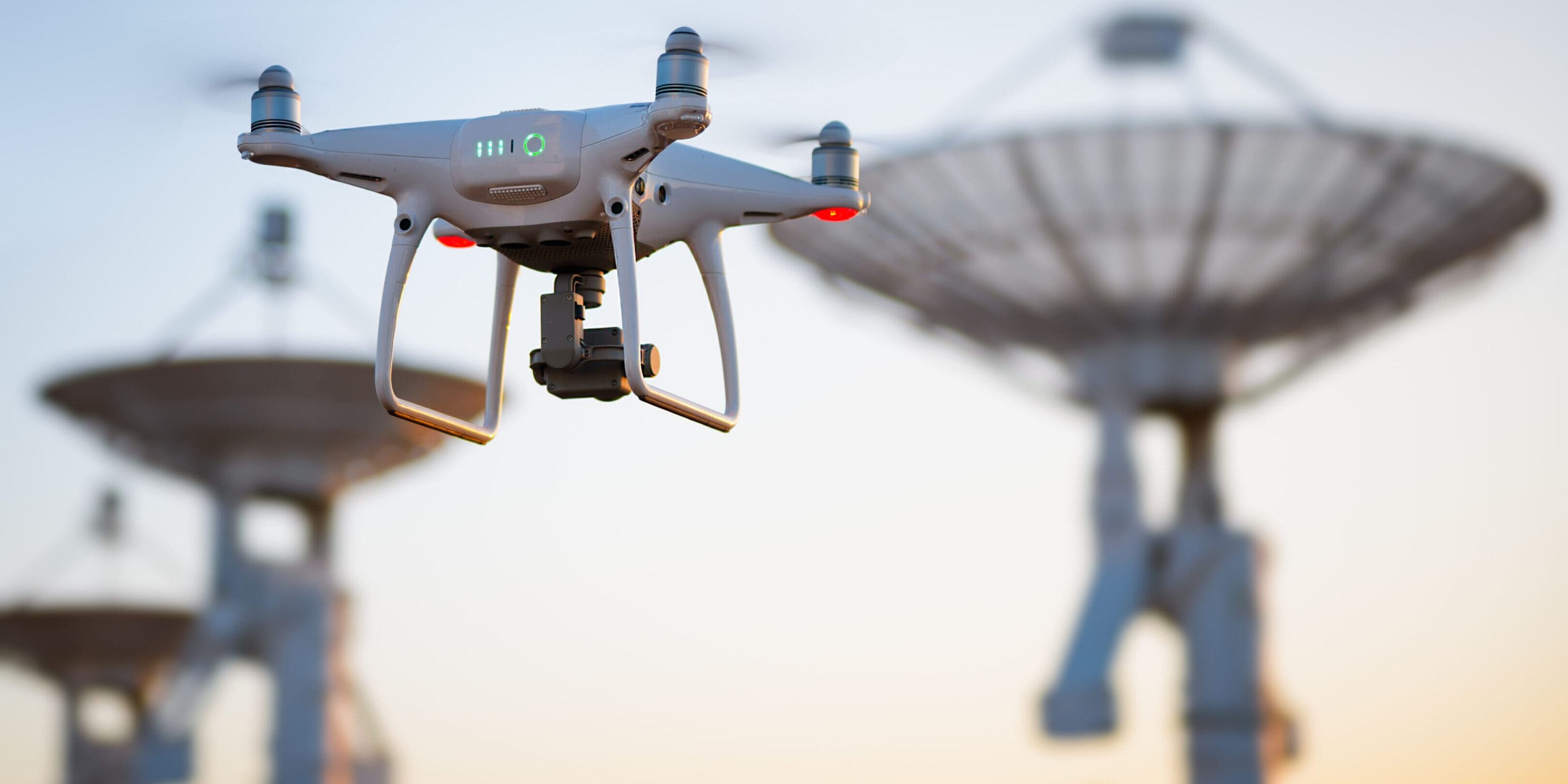
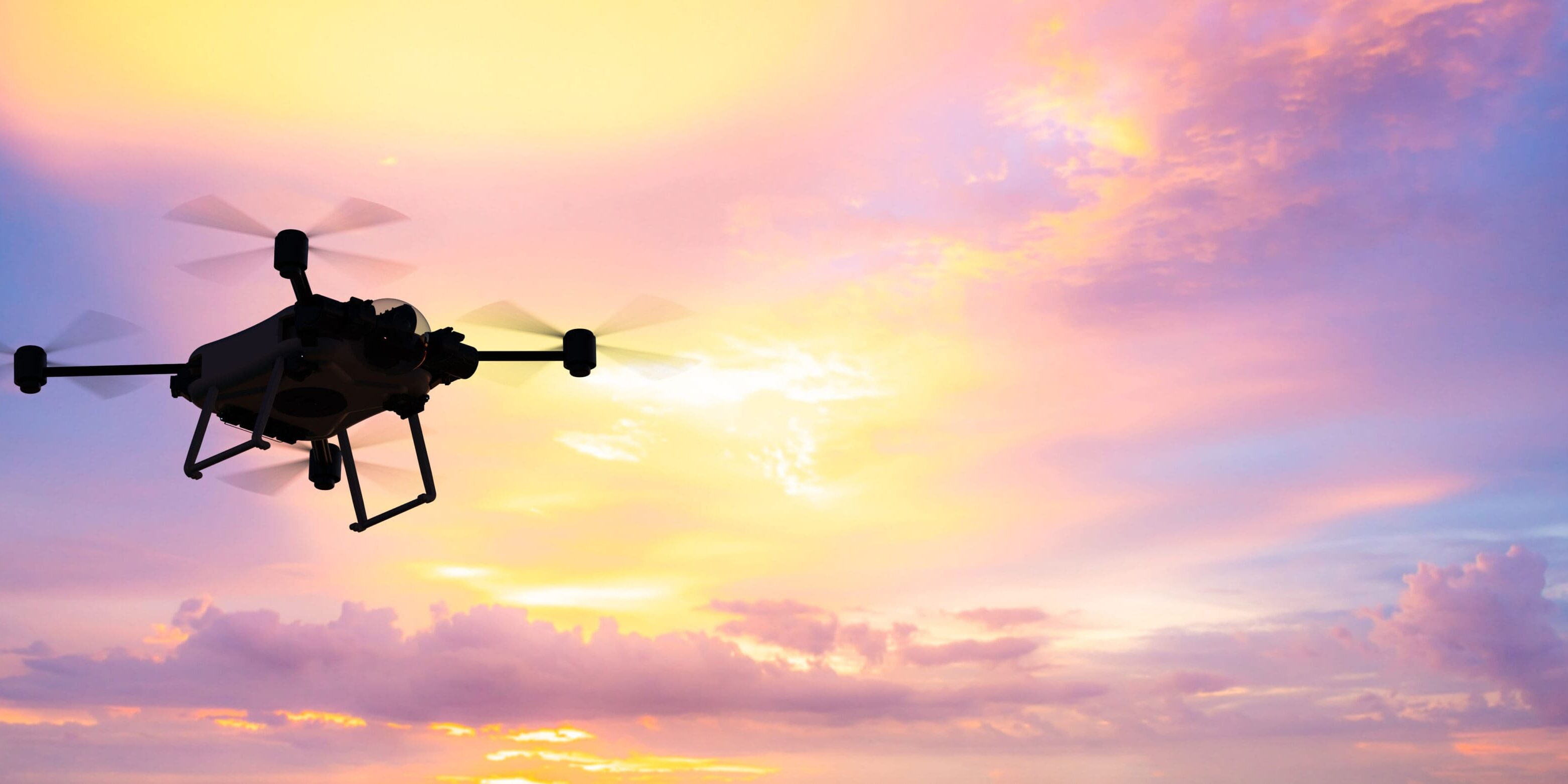
Technical Considerations
- Use appropriate file formats (.raw, .tiff) for high-detail evidence.
- Securely store digital files to prevent tampering.
Essential Skills
- Attention to detail, focus, proper exposure, and equipment handling.
- Consistency in adhering to scientific and legal standards.
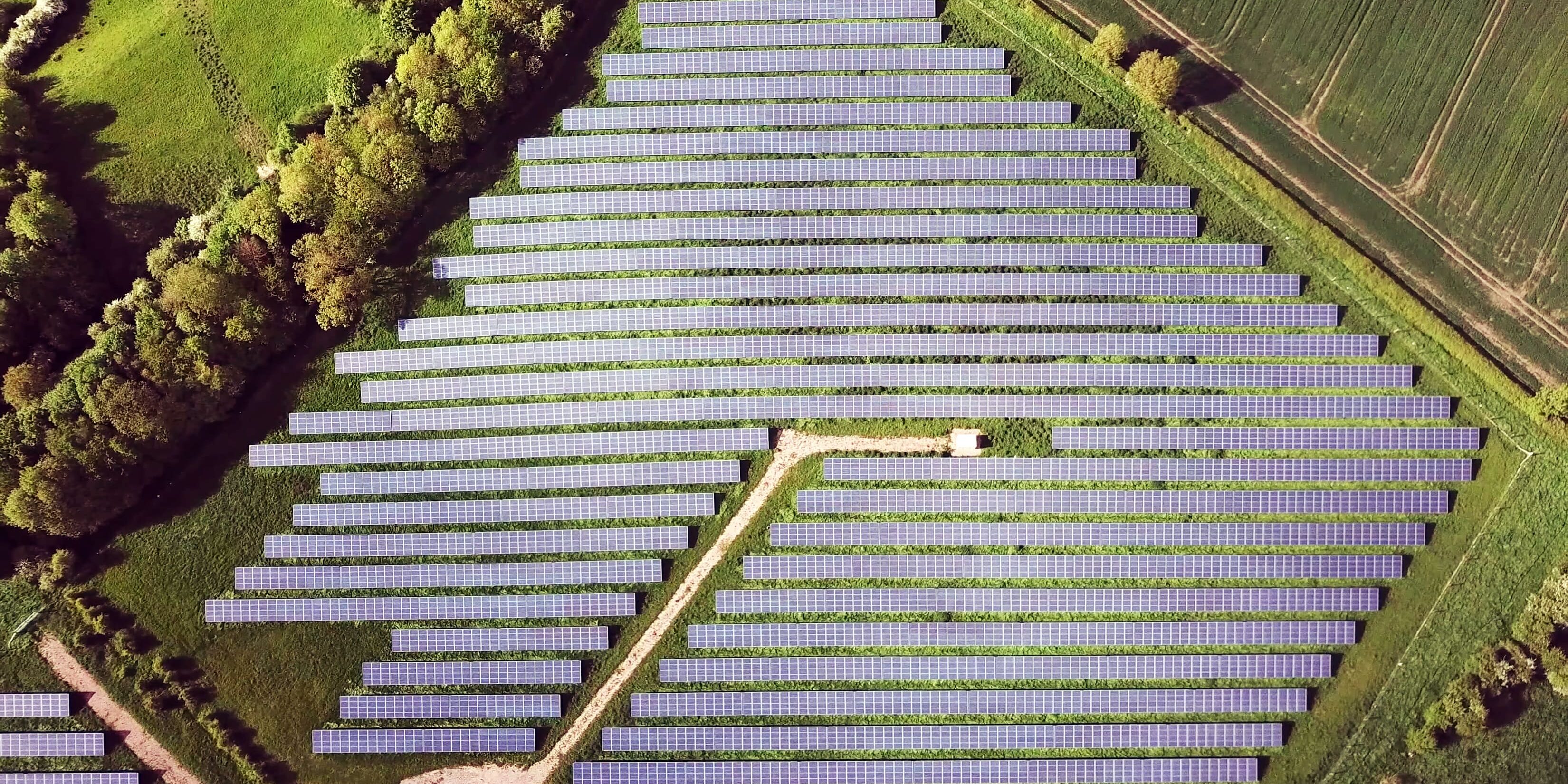
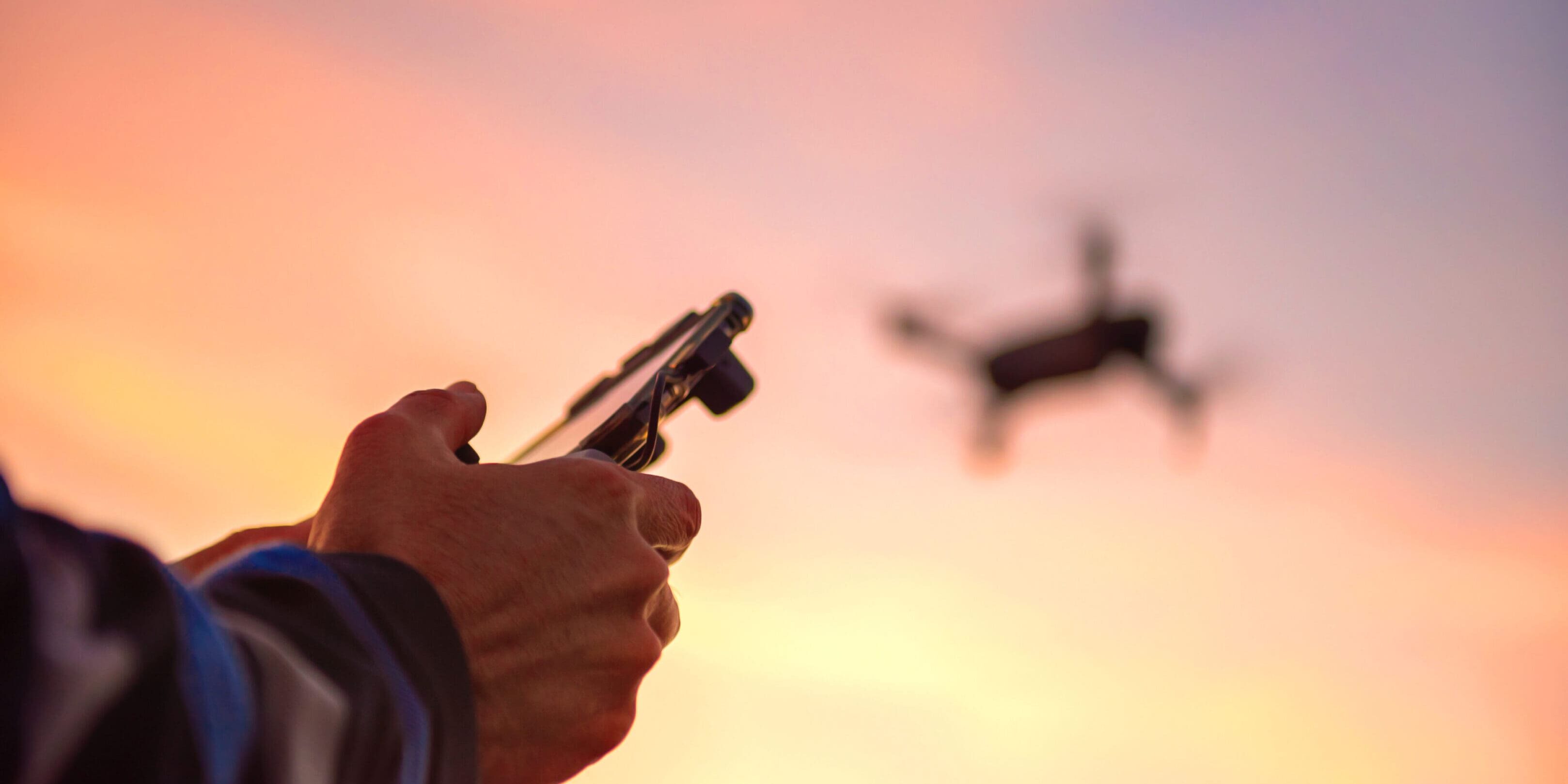
Conclusion
Forensic photography is a critical component of crime scene investigation, requiring meticulous planning, technical expertise, and adherence to protocols to ensure evidence is reliable and admissible in court.